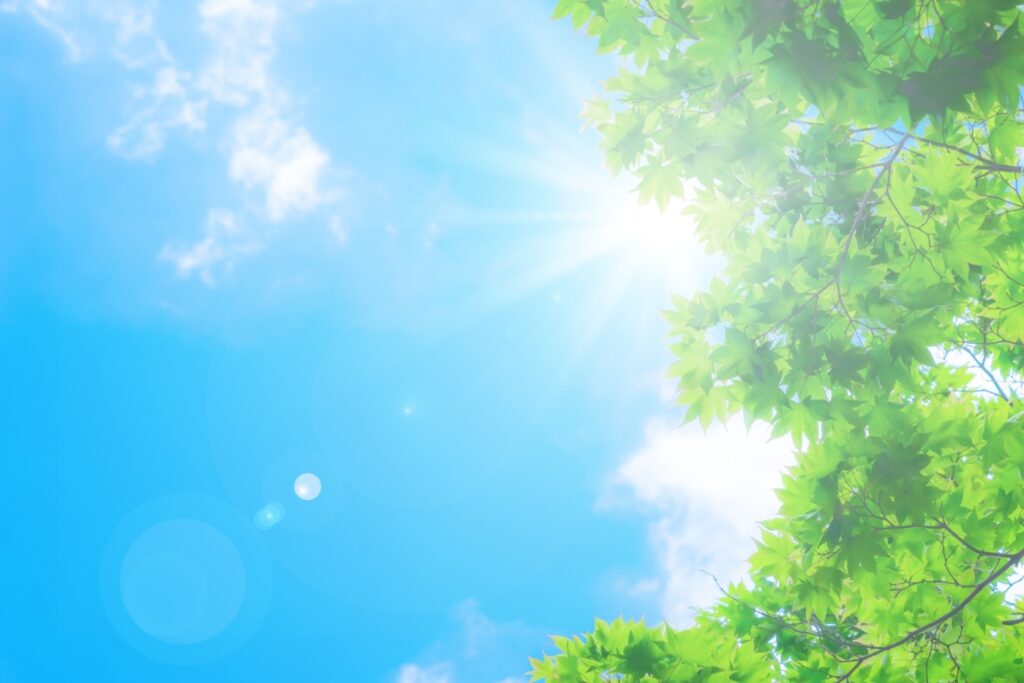
Q: Could you please explain climate zones and how important it is to select plants appropriate for your climate zone? When I shop for plants online, I make sure that the plant will grow in Zone 9 (my zone) but I’m wondering if that matters, as it seems that the zone pertains to cold hardiness which isn’t an issue here in Southern California. Does the zone number also pertain to humidity or moisture conditions? How far from my zone could I extend and still have success with my plant, assuming I give it extra care: Zone 8 or Zone 7?
For example, I have heard that you can place ice cubes around a plant to simulate harsher climates. Also, is there any value to knowing the Sunset climate zone which is much more specific? Plant retailers do not list the Sunset zone so I’m not sure what I can do with this information. Finally, how can we identify microclimates on our property and determine whether we can use plants appropriate for a different zone?
A: The 13 USDA climate zones are based on the average winter low temperature for a defined region. The coldest zone is 1a with an average winter low temperature of -60F and the warmest is zone 13b with an average winter low of 65F. Each zone is separated by 10 degrees, and the “a” and “b” represent a 5-degree difference. For instance, zone 13a has a winter low of 60F and zone 13b has a winter low of 65 degrees F.
These zones apply across the entire United States and can help you decide whether something is likely to survive winter where you are. They can also provide information as to when to plant cool or warm season annuals (particularly vegetables). They don’t tell you what the first or last frost dates are, as these can vary between areas that have the same zone designation.
• USDA Plant Hardiness Zone Map
The Sunset Western Garden Book uses its own zone designations and since it covers only the western United States, is much more detailed and useful (well, at least for those who live in the western U.S.).Sunset zones describe not only the average winter low temperature, but also the length of that region’s growing season, amount and time of rainfall, average high temperature, wind and humidity conditions.
• Climate Zones | Sunset Western Garden Collection
Sometimes, if you are in a marginal zone, you can use microclimates to your benefit. For instance, some frost-tender plants can be located near a south- or west-facing wall for a few degrees of frost protection. An additional consideration is winter chill hours. Many cold-area plants will grow in a warmer zone but will decline and die within a few years if they don’t get enough winter chill. This is especially true for certain fruit trees, such as apples, pears, and cherries. A simple definition would be the total number of hours below 45F. Think of it as a plant’s nap time. This can’t be reproduced by putting ice over the root zone.
You can find more information by searching Winter Chill at www.climatehubs.usda.gov.
Looking for more gardening tips? Here’s how to contact the Master Gardener program in your area.
Los Angeles County
mglosangeleshelpline@ucdavis.edu; 626-586-1988; http://celosangeles.ucanr.edu/UC_Master_Gardener_Program/
Orange County
ucceocmghotline@ucanr.edu; 949-809-9760; http://mgorange.ucanr.edu/
Riverside County
anrmgriverside@ucanr.edu; 951-683-6491 ext. 231; https://ucanr.edu/sites/RiversideMG/
San Bernardino County
mgsanbern@ucanr.edu; 909-387-2182; http://mgsb.ucanr.edu/
